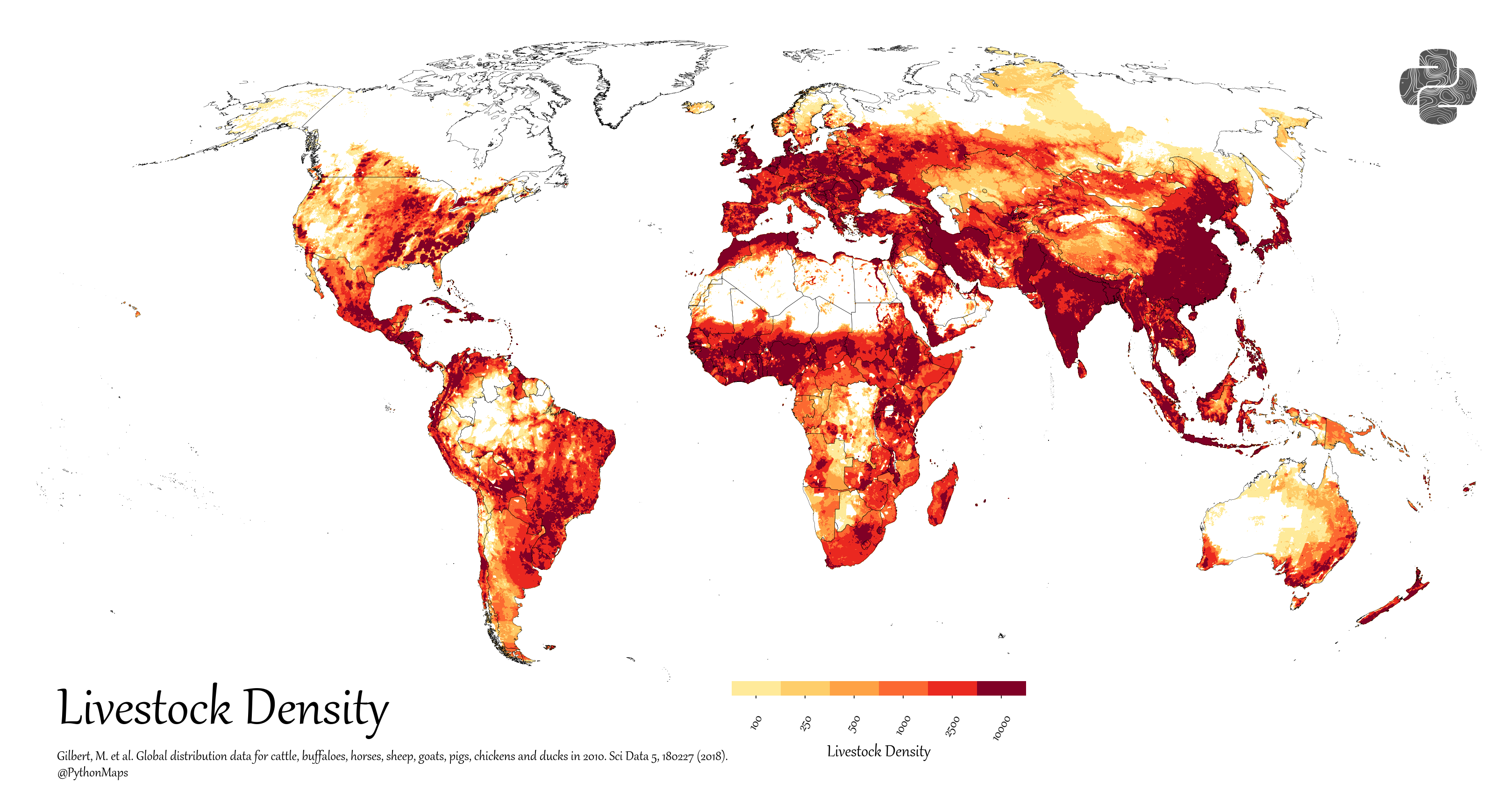A Rich Brew: Exploring the Global History, Culture, and Trade of Coffee
Coffee, a beloved beverage enjoyed by millions worldwide, has a rich and complex history that spans centuries. From its origins in the ancient coffee forests of Ethiopia to its status as a global commodity today, the story of coffee is one of intrigue, adventure, and cultural exchange. In this post, we will delve into the historical aspects of coffee consumption, production, export, and import around the world, examining how the coffee trade has evolved over time.
Historical Overview
Origin and Spread: Coffee’s journey began in the 9th century, in the ancient coffee forests of Ethiopia. According to legend, a goat herder named Kaldi discovered the energizing effects of coffee beans after noticing his goats became more lively after eating them. From Ethiopia, coffee cultivation and consumption spread to the Arabian Peninsula, where it became an integral part of the region’s culture.
Middle Ages: Coffee’s journey continued into the Middle Ages, with its cultivation and consumption spreading rapidly across the Arabian Peninsula. By the 16th century, coffee houses had become centers of social activity in cities like Constantinople, Cairo, and Mecca, setting the stage for coffee’s global appeal. During this period, coffee trade was primarily limited to the Middle East and North Africa, with Yemen being a leading exporter.
European Influence: Coffee was introduced to Europe in the 17th century, and coffee houses began to spring up in major cities like London, Paris, and Vienna. These coffee houses played a crucial role in the exchange of ideas and information, earning them the nickname “penny universities.” European colonial powers established coffee plantations in their colonies, with countries like Brazil, Colombia, and Indonesia becoming major exporters.
Colonial Influence: The European colonization of the Americas and Asia in the 17th and 18th centuries led to the establishment of coffee plantations in countries like Brazil, Colombia, and Indonesia. This shift in production transformed coffee into a global commodity, fueling demand around the world.
Recent Trends
Early 20th Century: The early 20th century saw significant developments in the coffee industry, with advancements in transportation and technology leading to increased trade and production. Coffee became more accessible to people around the world, leading to a surge in consumption. Brazil emerged as a dominant player in the coffee market, becoming the largest producer and exporter of coffee.
Mid Century: The mid-20th century brought further changes to the coffee industry, with the establishment of international coffee organizations and agreements aimed at regulating trade and ensuring fair prices for farmers. However, this period also saw challenges such as market instability and price fluctuations. Colombia became a leading exporter of high-quality Arabica coffee during this period.
1980s and 1990s: The 1980s and 1990s marked a period of significant change in the coffee industry. The rise of specialty coffee and the growth of coffee shop culture in the West transformed the way people viewed and consumed coffee. This period also saw the emergence of Fair Trade coffee, which aimed to ensure that coffee farmers received fair prices for their crops. Countries like Ethiopia and Kenya gained recognition for their high-quality coffee beans.

2000s and 2010s: The turn of the millennium brought further changes to the coffee industry. Sustainable and ethical sourcing practices became more prevalent, as consumers became more conscious of the social and environmental impact of their coffee consumption. This period also saw the continued growth of the specialty coffee market, with an increasing emphasis on quality and unique flavor profiles. Vietnam emerged as a major player in the coffee market, becoming the second-largest coffee producer in the world.
2020s: In the 2020s, the coffee industry faces new challenges and opportunities. Climate change poses a significant threat to coffee production, with rising temperatures and unpredictable weather patterns affecting coffee-growing regions around the world. However, advancements in technology and farming practices offer hope for a more sustainable future for coffee production. Leading coffee exporting and importing countries continue to evolve, with shifts in production and consumption patterns reflecting changing global trends.
Culture of Coffee Consumption Today
Today, coffee is more than just a beverage – it’s a cultural phenomenon. Coffee shops have become social hubs where people gather to work, socialize, or simply enjoy a cup of their favorite brew. The rise of artisanal coffee roasters and specialty coffee shops has created a demand for high-quality, ethically sourced coffee beans, leading to a greater appreciation for the complexities of coffee flavor profiles. The culture of coffee consumption continues to evolve, with new trends and innovations shaping the way we experience this beloved beverage.
Conclusion
The history of coffee is a testament to the ingenuity, perseverance, and cultural significance of this beloved beverage. From its humble beginnings in Ethiopia to its global popularity today, coffee has truly captured the hearts and minds of people around the world. As we continue to enjoy our daily cup of coffee, let us also remember the journey that brought it to our cups and the people who make it all possible.
Check out these top coffee items on Amazon to elevate your coffee experience:









Where is New Zealand?? Snort.